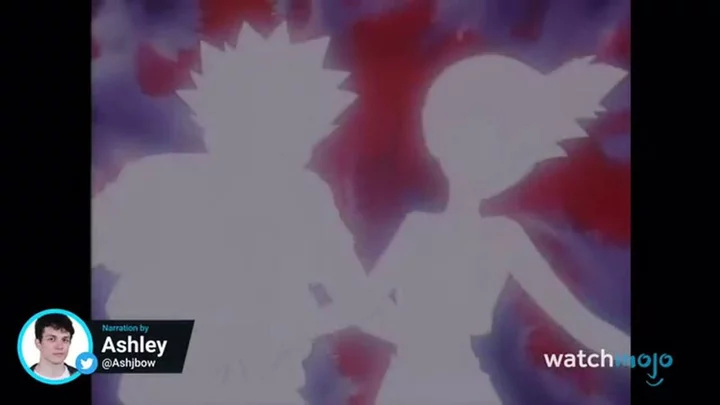
Experts unravel mystery of the Pokémon episode that hospitalised hundreds of kids
Pokémon’s TV series has been delighting animé lovers for more than 26 years, and yet, there’s one episode that even the most diehard of fans may well have missed. The installment, titled Dennō Senshi Porygon (which roughly translates as "Computer Warrior Porygon”) aired in Japan on December 16, 1997. And, after that single, fateful outing, it was never to grace television screens again. The reason for the ban? Reports of a strange health outbreak among children which was linked to a specific scene. The episode follows Ash Ketchum, Pikachu and their pals as they investigate a faulty Poké Ball transfer machine by getting inside it. Once there, the team come under attack, but are saved when Pikachu unleashes one of his high-octane electric outbursts – represented by a barrage of red and blue strobe lights. And that’s where the trouble began. According to scientific paranormal investigator Benjamin Radford and sociologist Robert Bartholomew, who dedicated a study to the event: "At 6:51 PM, the flashing lights of Pikachu's 'attack' appeared on television screens. “By 7:30 PM, according to Japan's Fire-Defense Agency, 618 children had been taken to hospitals complaining of various symptoms." These symptoms included convulsions, nausea and vomiting, with news of the “illness” spreading rapidly throughout the country. Inevitably, it made headlines, with several news broadcasters replaying the offending clip, “whereupon even more children fell ill and sought medical attention,” Radford and Bartholomew wrote. The following day, TV Tokyo issued an apology, suspended the show, and announced an investigation into the cause of the seizures. Meanwhile, video retailers pulled the series from their shelves, and even the then-prime minister Ryuaro Hashimoto expressed concern at the use of rays and lasers in the popular cartoon. Within two days, the number of children reported to have been affected by the flashing sequence increased to around 12,700. And yet, after four months of investigation – with input from health experts and Japanese government officials – no obvious cause could be found for the outbreak and Pokémon returned to the airwaves. Because, although the bright flashes were assumed to be the cause of the health panic, such visual techniques had been used in numerous other animé episodes before, with no reports of any problems. So what was going on here? Well, a tiny fraction of the children who reported being affected were diagnosed with photosensitive epilepsy, with experts concluding that the rapid colour changes during the scene caused them to suffer seizures. However, the bulk of “patients” reported symptoms that had no identifiable “organic” cause and were, instead, consistent with a very different type of condition… Mass hysteria. Radford and Bartholomew attribute this “epidemic hysteria”, in large part, to the mass media, which they say fuelled panic and misinformation. "Many of the children's symptoms had no identifiable organic basis; other than the verified cases of seizures, the symptoms reported were minor and short-lived; the victims were nearly exclusively school children in early adolescence; and anxiety from dramatic media reports of the first wave of illness reports was evident,” they wrote. “Media reports and publicity fuel the hysteria as news of the affliction spreads, planting the idea or concern in the community while reinforcing and validating the veracity of the illness for the initial victims,” they continued. “According to news accounts of the time, the number of children said to be affected remained around 700 the evening of the Pokémon episode and the next day. “The next morning, the episode dominated the Japanese news. Japanese children who had not heard about their peers from the news or from their parents learned of it that morning when the seizures ‘were the talk of the schoolyards’,” they continued. “Once the children had a chance to hear panicky accounts of what had happened through the mass media, their friends and their schools, the number of children reported the next day to have been initially affected – 2 days earlier – increased by 12,000.” Radford and Bartholomew ended their paper by noting that this Pokémon drama offers a warning to us all. They pointed out that our continuing reliance on mass communications, especially TV and the internet, places us at risk of more and more hysteria outbreaks. “Technological innovations are occurring at unprecedented rates and have the potential to influence significant numbers of people beyond the typical number in traditional mass hysteria episodes,” they stressed. “Epidemic hysterias that in earlier periods were self-limited by geography now have free and wide access to the globe in seconds.” Concluding on an ominous note, they added: “The Pokémon illness symptoms are without precedence, given the large numbers affected, and may be a harbinger of future technological hysterias that have the capacity to affect unprecedented numbers of people at a phenomenal speed.” Sign up for our free Indy100 weekly newsletter Have your say in our news democracy. Click the upvote icon at the top of the page to help raise this article through the indy100 rankings.
1970-01-01 08:00
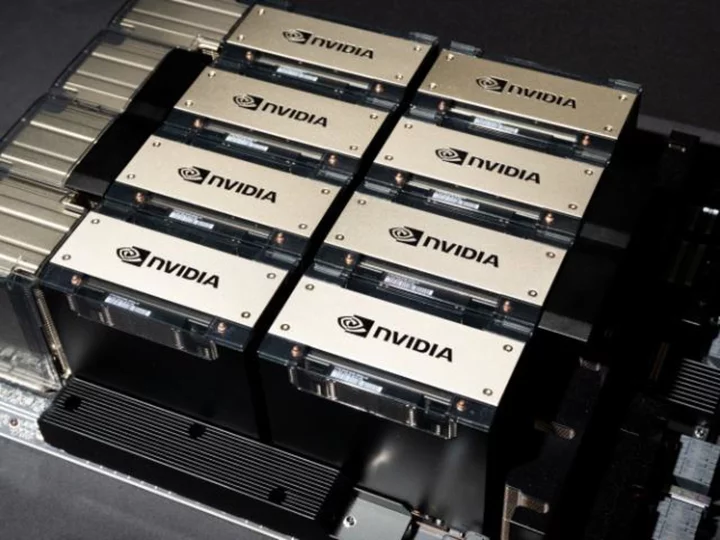
US escalates tech battle by cutting China off from AI chips
The Biden administration is reducing the types of semiconductors that American companies will be able to sell to China, citing the desire to close loopholes in existing regulations announced last year.
1970-01-01 08:00
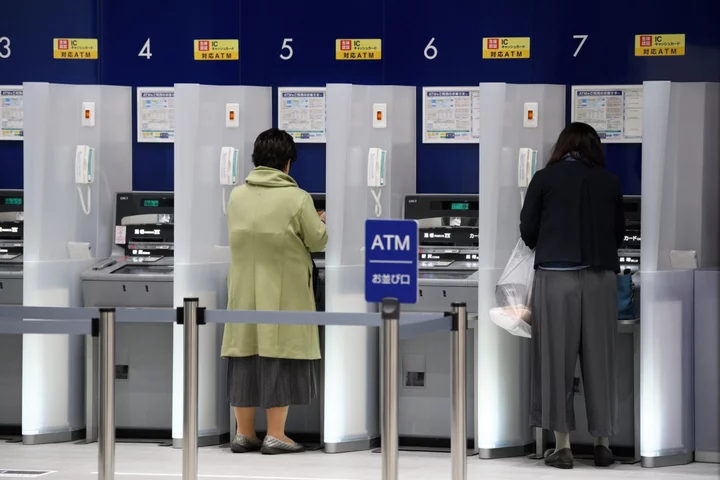
Japan Banks to Compensate Customers for Record System Outage
Japanese banks will compensate customers for costs they incurred in connection with the record two-day outage that hit
1970-01-01 08:00

Just Eat Takeaway Raises Guidance As Profitability Improves
Just Eat Takeaway.com NV raised its full-year profit guidance as the company’s focus on cost cutting boosted profitability.
1970-01-01 08:00
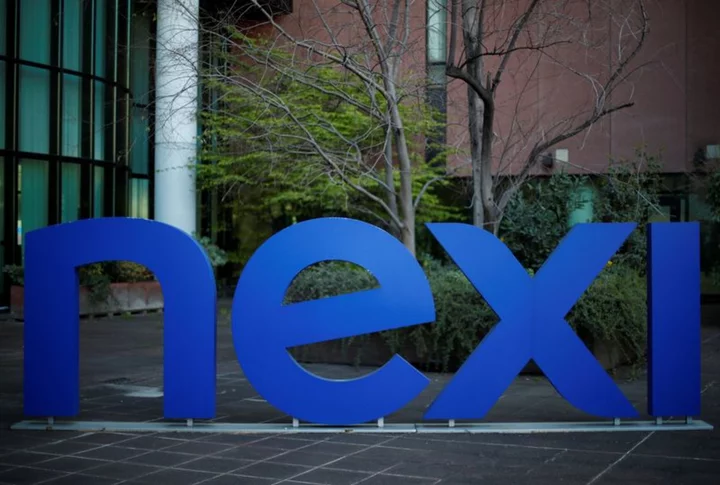
Nexi shares fail to open on bid report as CVC declines to comment
MILAN Shares in Italy's Nexi failed to start trading at open on Wednesday due to excessive gains fuelled
1970-01-01 08:00
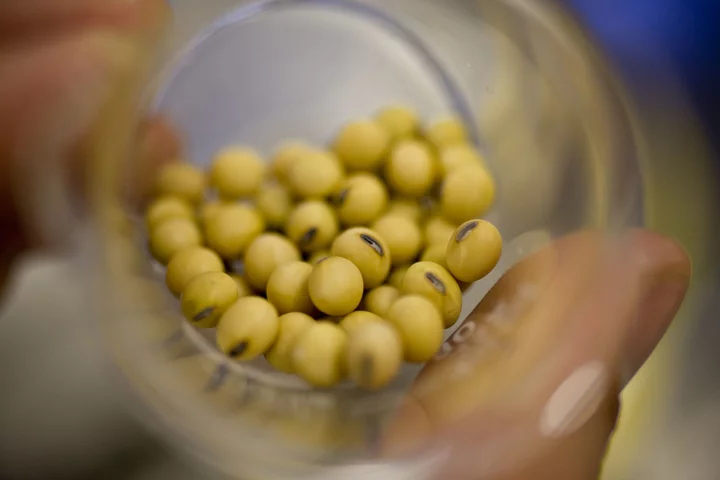
China Approves GM Corn and Soy Seed Varieties in Crop Boost
China has approved dozens of genetically modified corn and soybean seed varieties for planting, in a breakthrough move
1970-01-01 08:00

ASML reports third-quarter net profit of $2 billion, sees 2024 sales flat
AMSTERDAM (Reuters) -Semiconductor equipment maker ASML Holding NV reported on Wednesday third-quarter earnings of 1.9 billion euros ($2.01 billion), in
1970-01-01 08:00
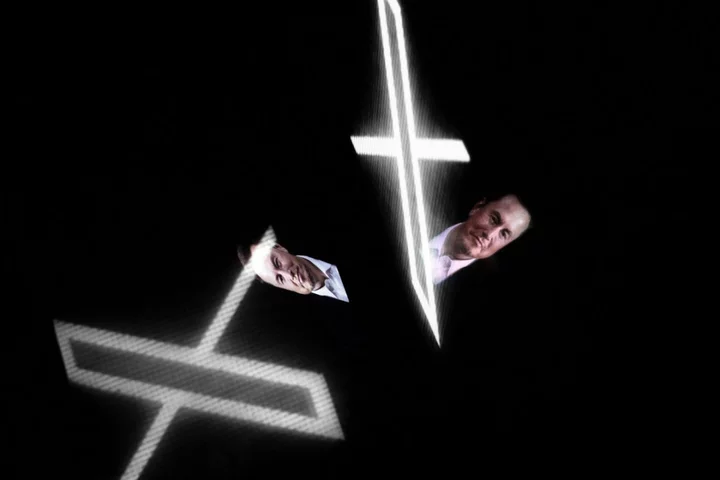
Elon Musk’s X may charge users in these two countries $1 a year to post on platform
Elon Musk’s X is planning to charge users in New Zealand and the Philippines joining via the platform’s web application $1 per year as part of its programme to reduce bot activity. The subscription is part of X’s “Not A Bot” programme, which attempts to “bolster our already significant efforts to reduce spam, manipulation of our platform and bot activity”, the company noted in a help centre post on its website on Tuesday. As part of the pilot programme, new users signing up via the website in the two countries will also be required to verify their account with a phone number, the unsigned post said. It remained unclear why the subscription programme is being rolled out only in these two countries, and exclusively for new users joining via the X website, and not the mobile app. However, Not a Bot’s terms and conditions suggested that people may also subscribe to the programme from X’s iOS and Android apps, while the main help centre post only specified web. X did not immediately respond to The Independent’s request for comment. “As of October 17th, 2023 we’ve started testing “Not A Bot”, a new subscription method for new users in two countries,” the company posted. “This will evaluate a potentially powerful measure to help us combat bots and spammers on X, while balancing platform accessibility with the small fee amount. Within this test, existing users are not affected,” it said. New users from the two countries who opt to subscribe with $1 will for the web version of the platform will be able to post content, like posts, reply, repost and quote other accounts’ posts, as well as bookmark posts, X noted. However, those who opt out of this subscription in the web application “will only be able to take ‘read only’ actions, such as: Read posts, Watch videos, and Follow accounts,” the company stated. “This new programme aims to defend against bots and spammers who attempt to manipulate the platform and disrupt the experience of other X users. We look forward to sharing more about the results soon,” it added. The latest programme is also in addition of X’s premium $8 subscription option. Commenting on a post on X about the new programme, Mr Musk called it “the only way to fight bots without blocking real users.” “Correct, read for free, but $1/year to write. This won’t stop bots completely, but it will be 1000X harder to manipulate the platform,” the multibillionaire said. X’s latest decision is in line with the Tesla titan’s aim to curb bot activity on the platform since before his takeover of then-Twitter in November last year. He has also held from the beginning that charging users would curb bot activity on the social media platform even though it has been found that only a small fraction of users subscribe to its $8 premium service. But the multibillionaire has continued to hold that a subscription fee would make it harder for bots to create accounts since each bot would need a new credit card to register on the platform. “It’s the only way I can think of to combat vast armies of bots,” Mr Musk said last month. “Because a bot costs a fraction of a penny – call it a tenth of a penny – but even if it has to pay a few dollars or something, the effective cost of bots is very high,” he added. Read More EU to investigate X’s handling of disinformation over Hamas attack on Israel EU asks Elon Musk to ‘walk the talk’ on X/Twitter disinformation over Hamas attack How Elon Musk’s Twitter became a haven for fake news and misinformation Viral hate and misinformation amid Israel-Hamas crisis renew fears of real-world violence Instagram Threads adds edit button and voice notes as it attempts to take over from Twitter EU opens investigation into X’s handling of disinformation over Hamas attack on Israel
1970-01-01 08:00
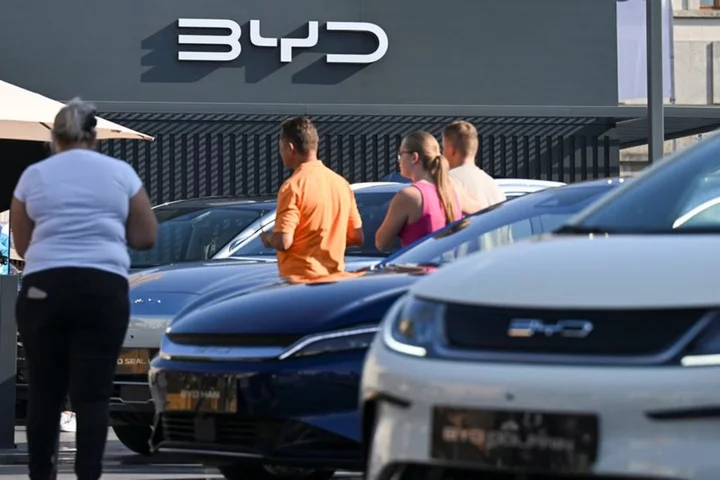
China's electric vehicle giant BYD sees Q3 net profit as much as doubling
HONG KONG (Reuters) -Chinese electric vehicle giant BYD on Tuesday said it expects third-quarter net profit to as much as
1970-01-01 08:00

Foxconn, Nvidia say they are building AI factories together
TAIPEI Foxconn Chairman Liu Young-way and Nvidia Corp CEO Jensen Huang said on Wednesday their companies were building
1970-01-01 08:00
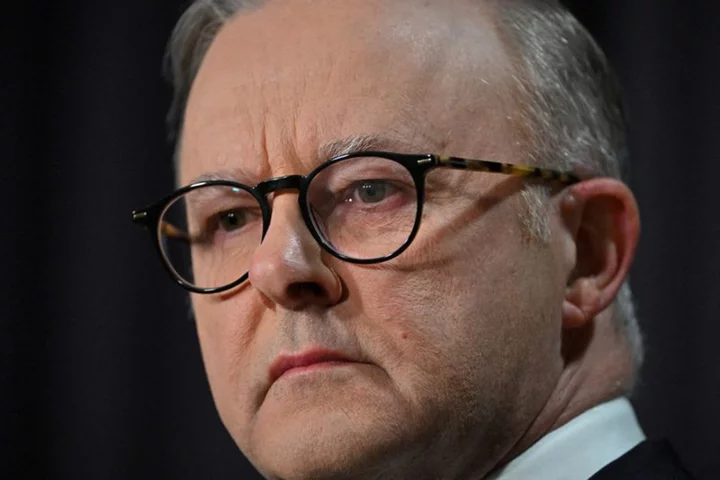
Fiji and Australia boost cyber security cooperation
SYDNEY Fiji and Australia will cooperate on cyber security, with Australia also boosting aid to its Pacific Islands
1970-01-01 08:00
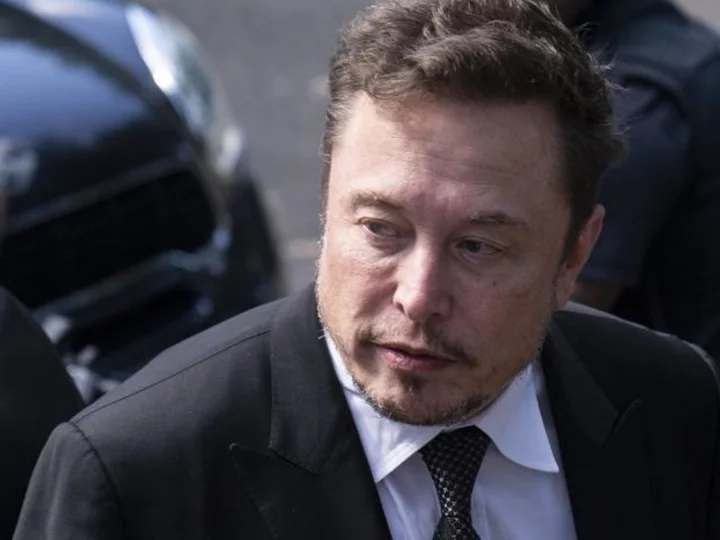
Elon Musk's X is testing an annual fee for unverified accounts
After Elon Musk hinted last month that X could start charging all users, the company (formerly known as Twitter) announced a test of such a system.
1970-01-01 08:00
